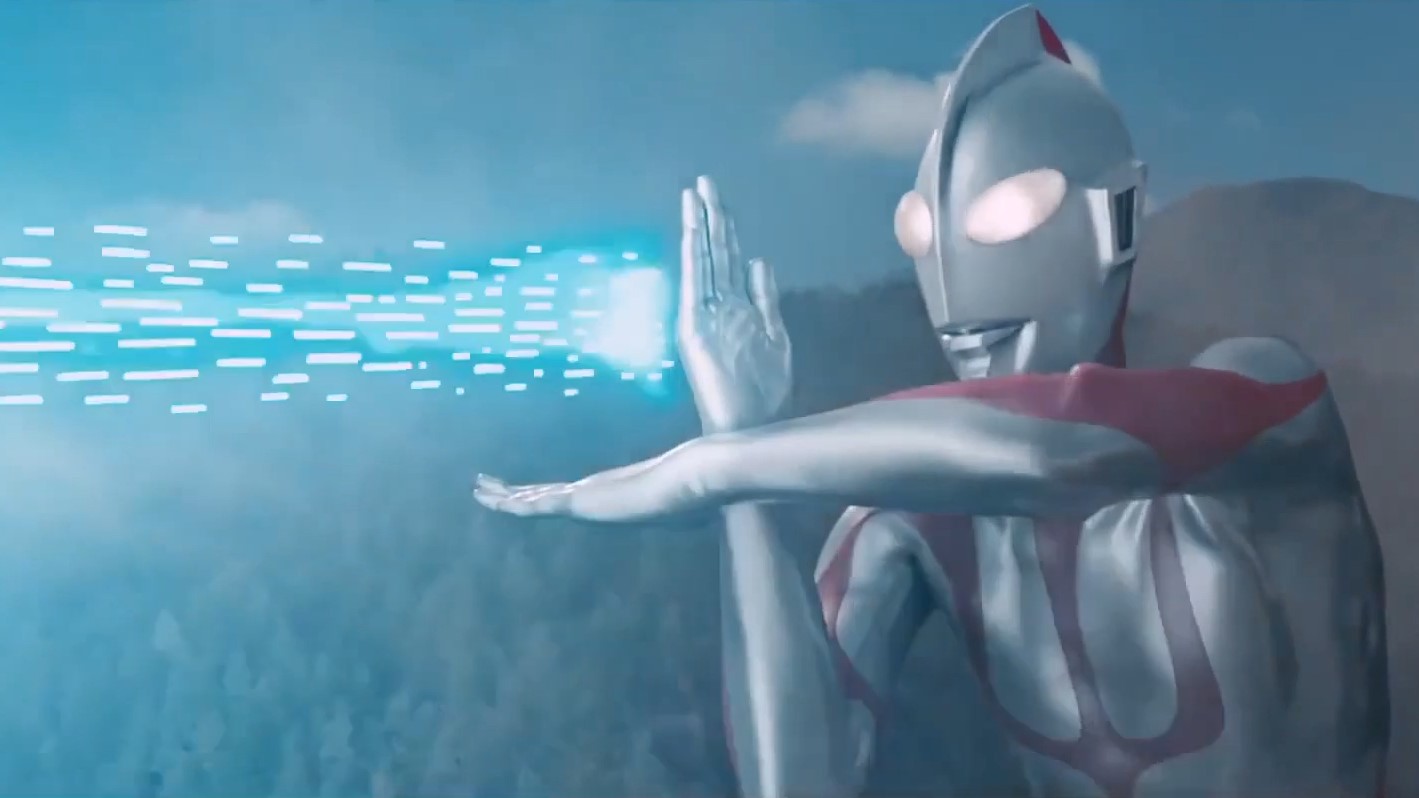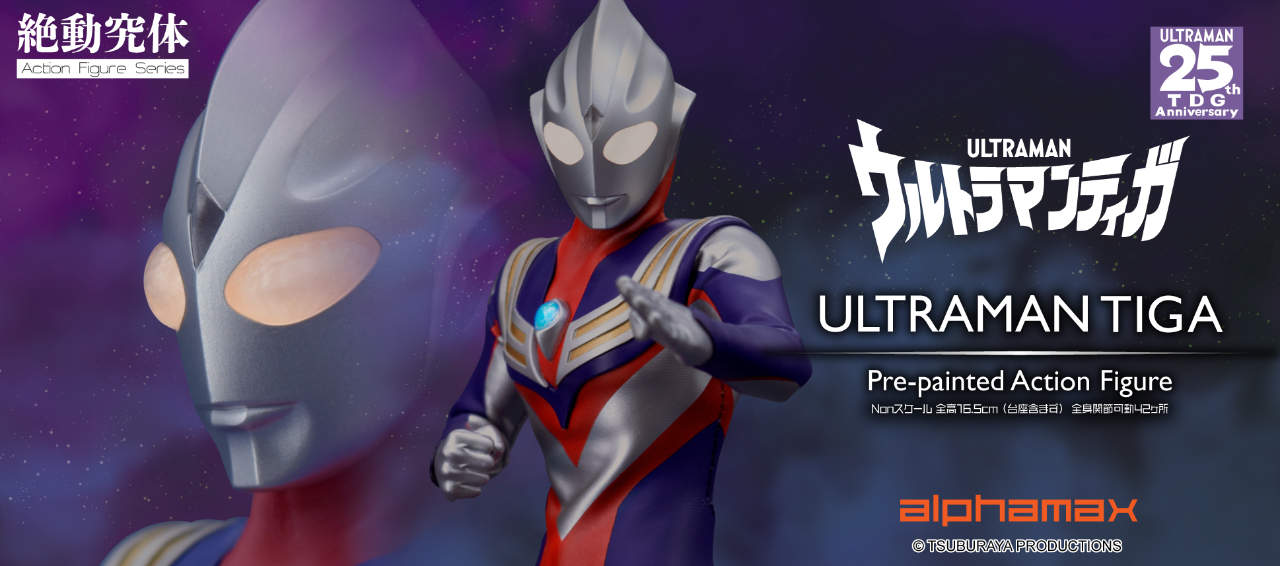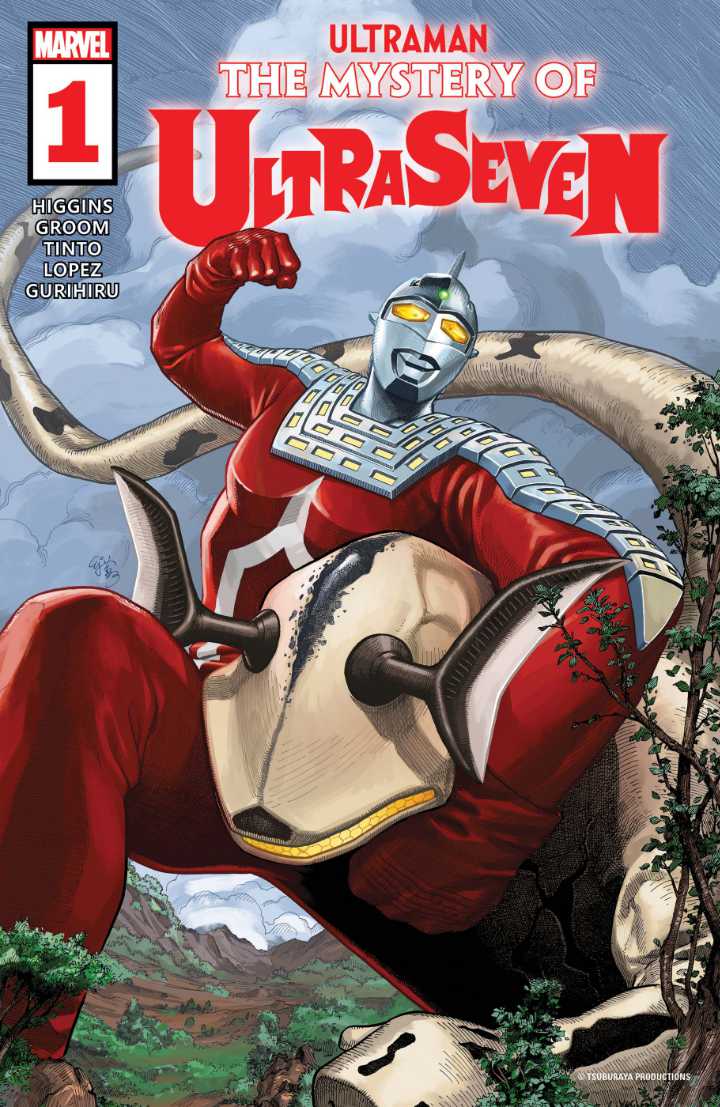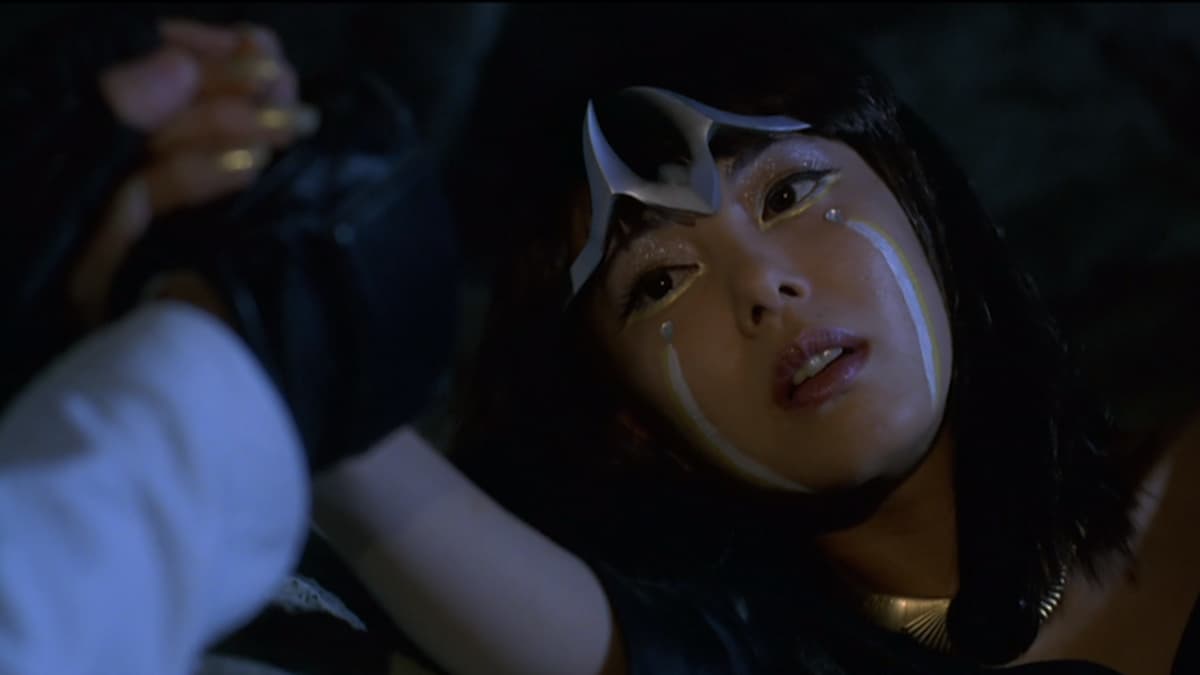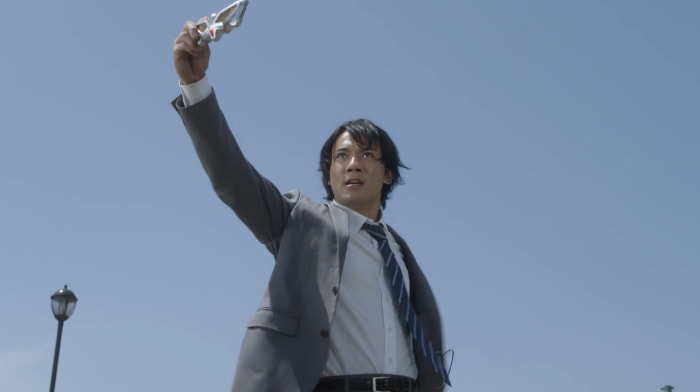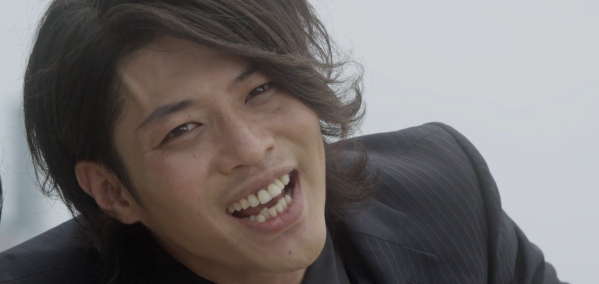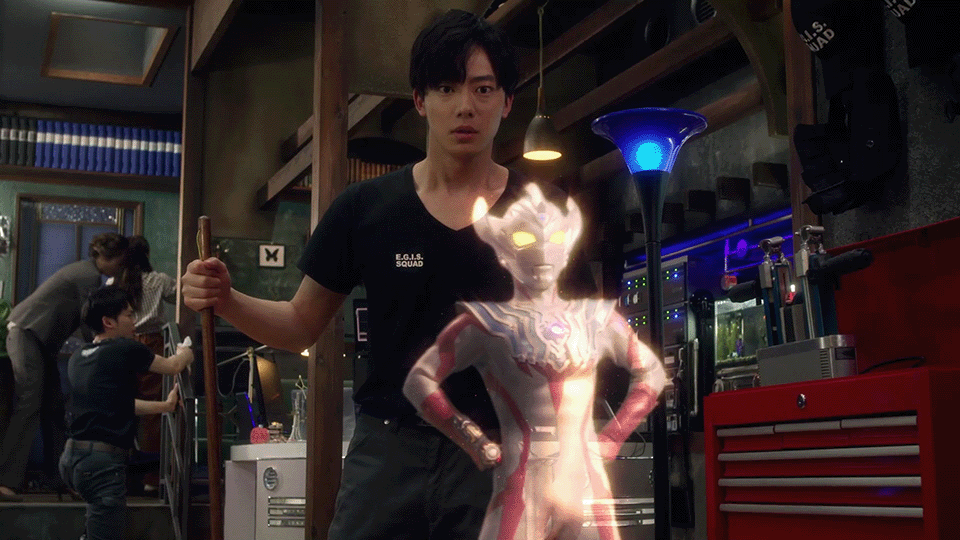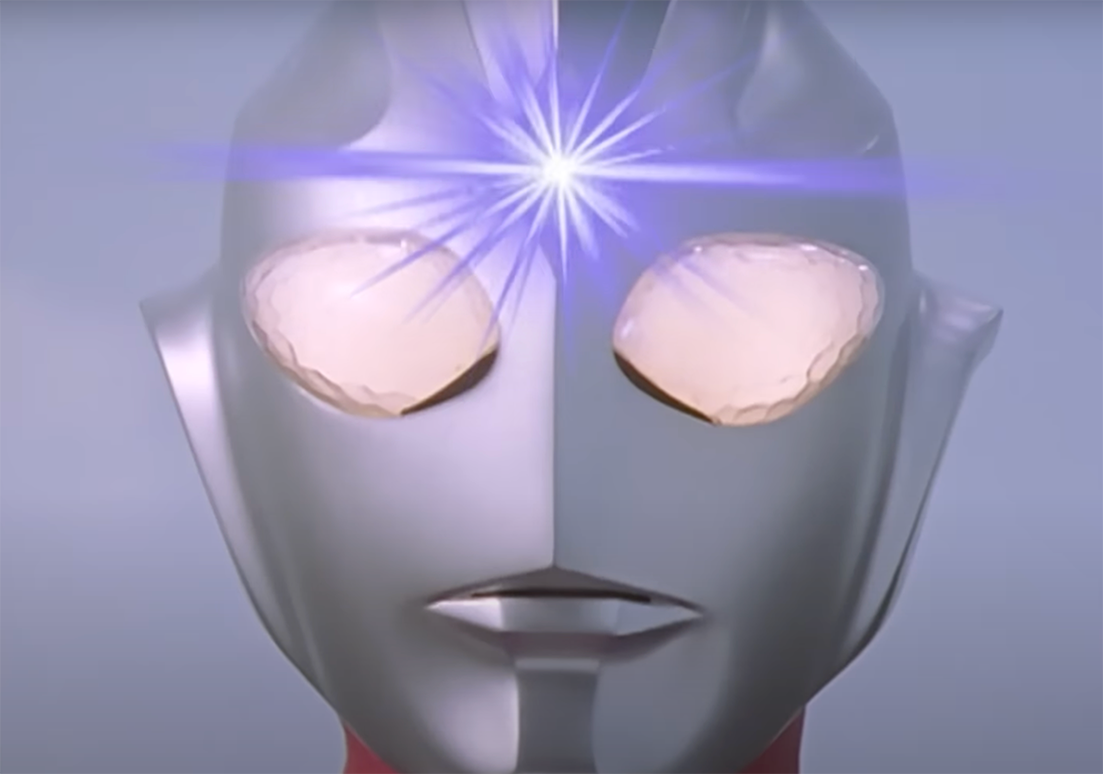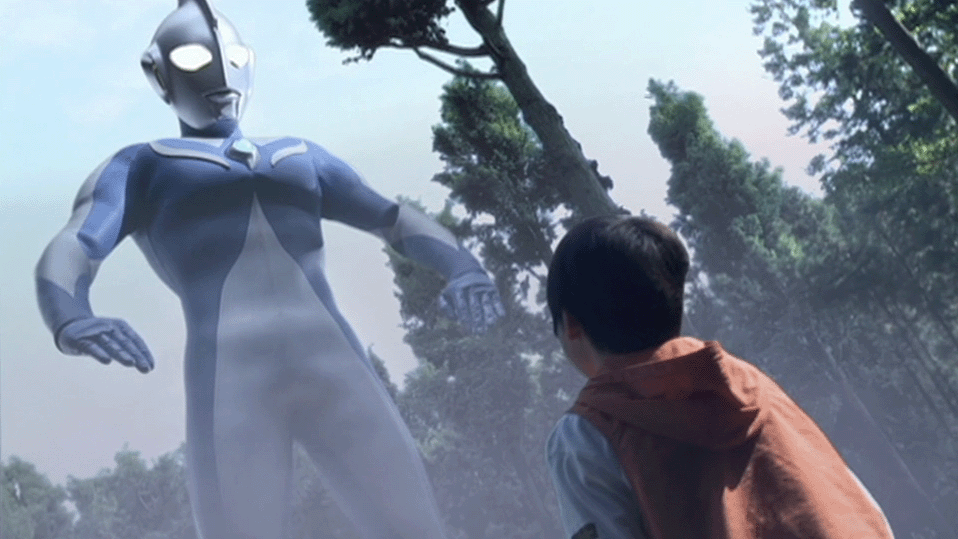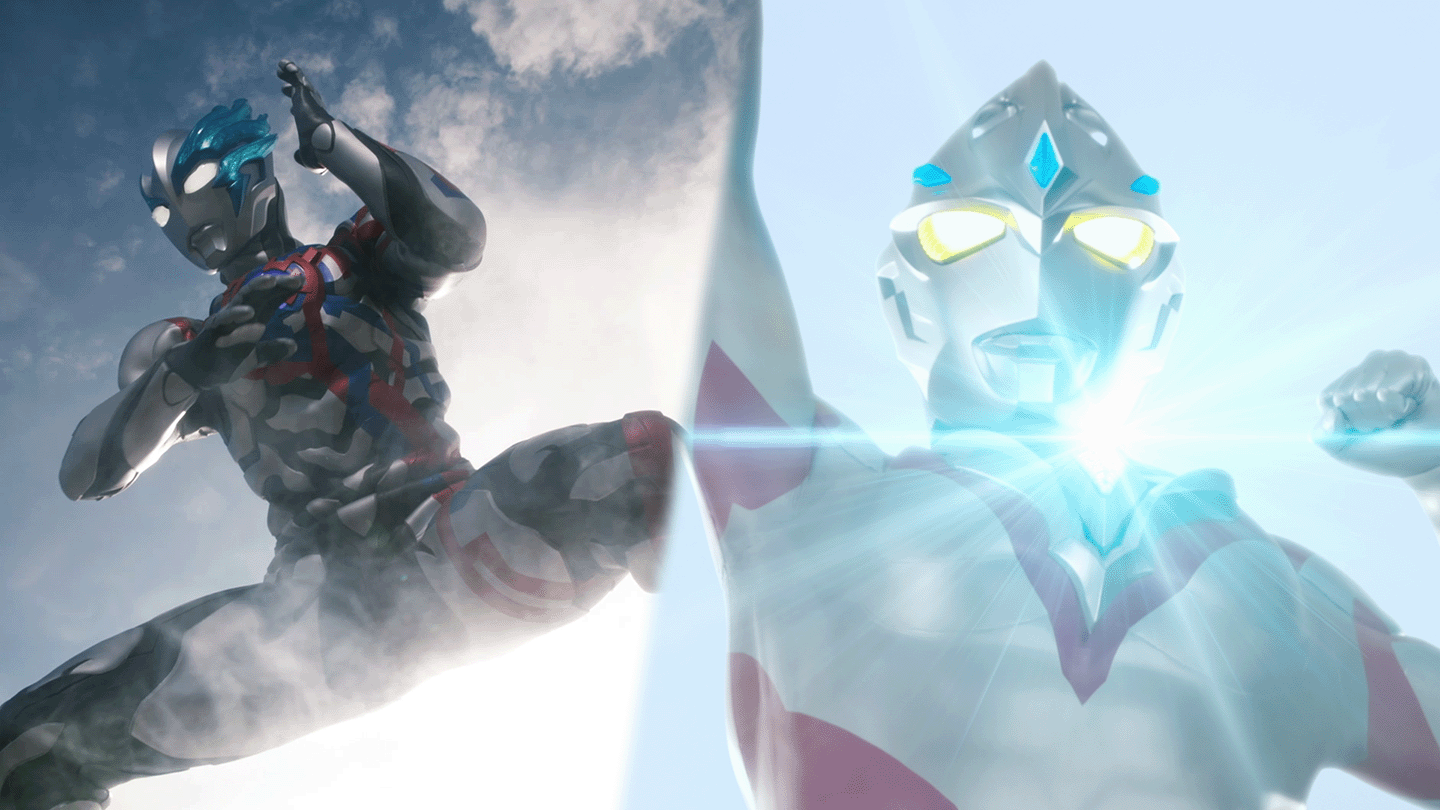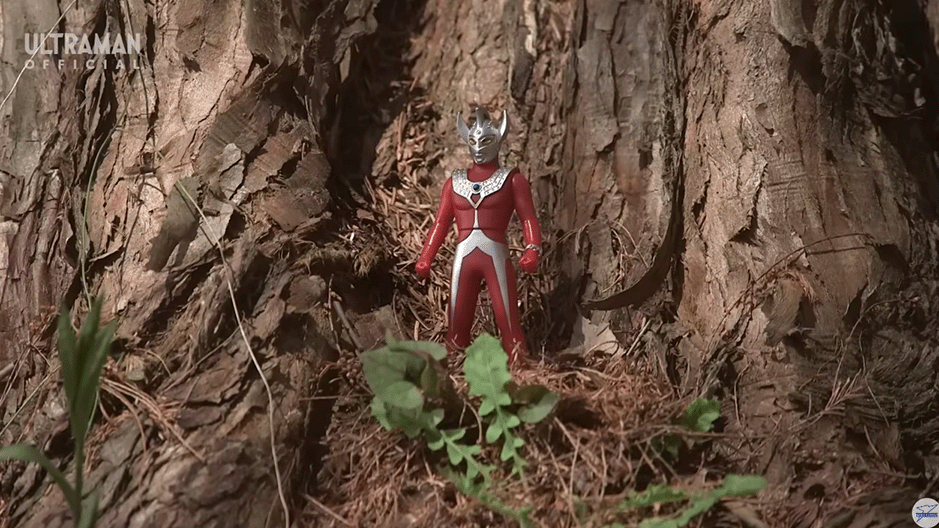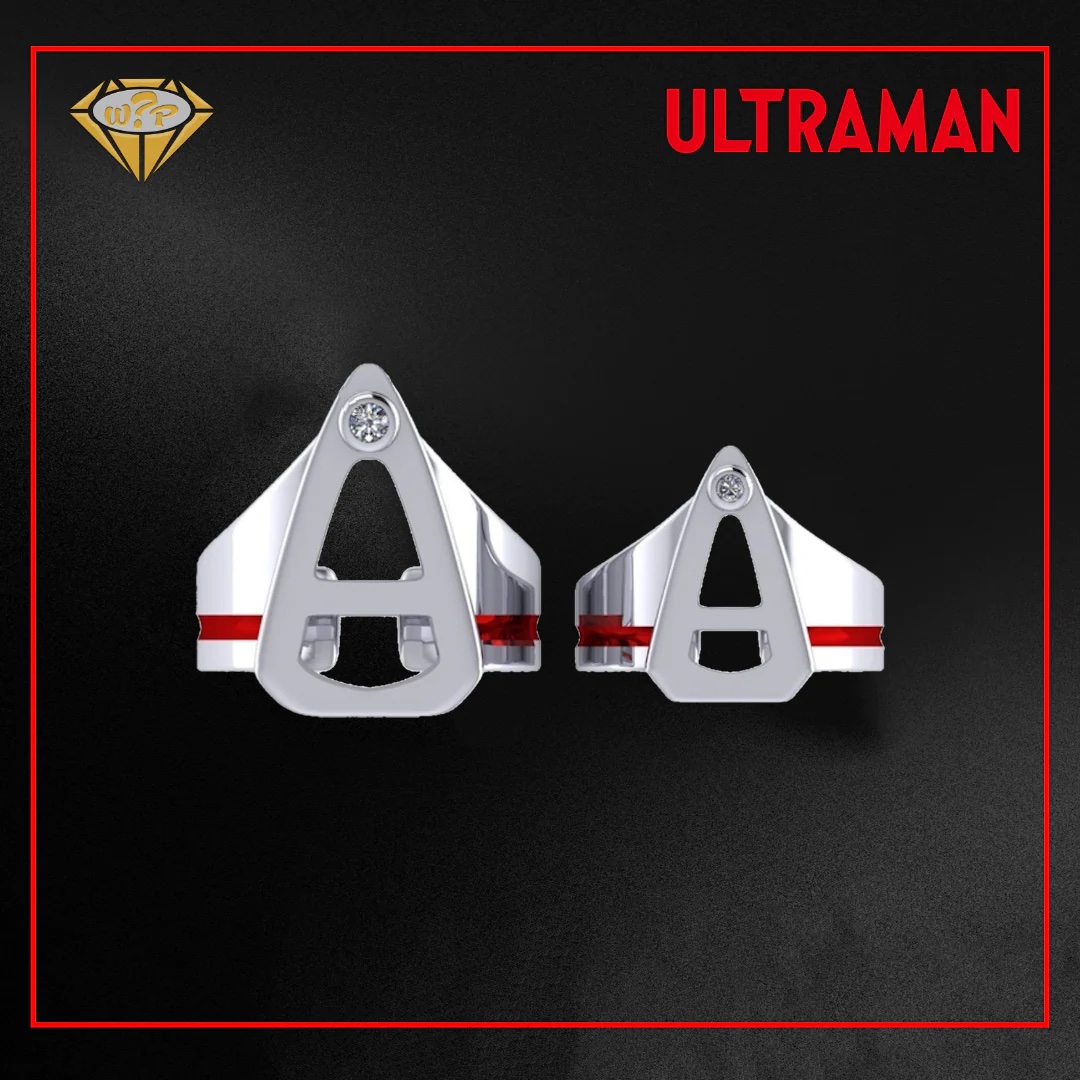Be advised, this article contains several HEAVY spoilers for Shin Ultraman. Please do not read if you want to be surprised by the film.
The final cut was very quick, was the first thought through my head as the opening notes of Kenichi Yonezu’s M87 rang out into the Walter Reade Theater at Lincoln Center. I would not get to hear the next minute or so of the song due to the overwhelming din of the audience’s applause. Shin Ultraman had just ended its Monday, July 25h encore screening at the New York Asian Film Festival, the first time such a screening had been made necessary in the history of the event. It was packed to the rafters, standing room only to the point where people were sitting on the stairs. To tell you that I, a member of the press who literally works with Tsuburaya on the Ultraman franchise, was unable to get a ticket to the first screening on Saturday the 23rd should tell you how prized the tickets were.
In the moment, though, that was not on my mind. Instead, I was seated there, as others were standing up around me and applauding, wondering why I was so… upset by the sudden cut to end the movie, where Shinji Kaminaga, his life returned to him by Ultraman’s sacrifice, wakes up in the company of his friends in the SSSP. After a few more moments, it hit me, almost laughably obvious: I was upset that the movie had ended. Not that I was unsatisfied, by any means, but in the course of 112 minutes, I had been locked, enraptured, in the struggles of this world, these people, and the giant that protected them from dangers without and within, and though the movie had come to an end, those lives had not, at least to me. The ending of the movie, the opening of Kaminaga’s eyes as a human for the first time since the movie had begun, was only the beginning.

All of this is to say that Shin Ultraman might be one of the most effective and engaging stories ever told with the Giant of Light in any form. Directed by Shinji Higuchi and produced by Hidaeki Anno, the team behind Shin Godzilla, this reinterpretation of many of the original concepts and ideas that shaped 1966’s Ultraman is the most successful Japanese movie of the year, and it’s very easy to see why. As a longtime fan, I could not ignore the love for all 55 years of the series’ history oozing from every moment of the film, interpreted through the lens of the world that has developed since July 10th, 1966.
One of Anno’s first works was a fan made short film sendup of the series Return of Ultraman, a heavy tale with a fitting tokusatsu flare, starring Anno himself in a stylish jacket in the role of the titular Giant of Light, Ultraman Jack. Watching the movie, I could feel not just the same passion, but the same urgency that defined that short. The series was beloved, and thus Shin had a standard to live up to. Personally, I feel the movie met that standard and then some.
Starting from the very first frame, we learn that the movie we are watching isn’t truly the starting point of the universe; much like the original 1966 Ultraman, the movie begins with the movie’s title bursting from the unearthly swirls of its predecessor, Ultra Q. And the references to Ultraman’s predecessor series don’t stop there, as the first Kaiju shown to be menacing the country of Japan (and only Japan) is Gomess, a double reference thanks to the monster’s near-identical appearance to the Shin iteration of the original Gomess’ base suit, Godzilla.
From there, the opening continues to reference Q while establishing a unique world of its own, showing how each Kaiju—and its eventual defeat—comes to shape the society we’re joining. The classification of Kaiju as “S-Class Species” and the formation of the S-Class Species Suppression Protocol Enforcement Unit, aka, the SSSP, establishes our main characters, formed not of pulp-style adventurers like in the Classic era of the series, but analysts. These are the “eggheads” that make observations, and then plans, leaving their execution to Japan’s Self-Defense Forces.
And the SSSP are good at their jobs. Under the auspices of Chief Munakata, the team is logical, yet flexible, and of course very professional. They genuinely feel like the best people for the job; something that is contrasted by the general feckless and spineless demeanor of the various governmental bigwigs we see over the course of the movie, a shot at the Japanese government that Higuchi and Anno have been taking since Shin Godzilla.
When the latest Kaiju, the energy-eating Neronga, proves to potentially be too much of a threat for the SSSP and their allies, however, help comes crashing down from above, in the form of a silver giant.
As the first real visual shown of the movie back at TsubuCon 2019, the Shin iteration of Ultraman has been discussed at length all over the world. It obviously shares a number of similarities with the beloved Classic suit design, but looking closer, stark differences begin to appear. In addition to the slightly alien proportions of Ultraman’s body in general, a number of key aspects of the original Ultraman’s design are missing, including the Color Timer, the fin on his back, and even the dots in his eyes.
All these design elements were added to Tohl Narita’s original vision for the Giant of Light for various reasons, including the mechanics of the actor wearing the suit and the needs of the production. Higuchi and Anno deliberately sought to remove these features, using Narita’s painting Incarnation of Truth, Justice, and Beauty as their model in order to fittingly achieve the “true” Ultraman that the Shin title can represent. However, the removal of these elements, added to allow a human to function as Ultraman, thus further distances this design from humanity, and closer to not simply the alien, but to the divine—and since another reading of “shin” can be “deity/god,” such a choice certainly seems deliberate.

Divinity is truly a good term for the feeling I, as a viewer, got watching the first appearance of the Ultra here. I was reminded of the words of the angels, as they appeared to humans: “Be not afraid,” a statement often used jokingly when describing the absurd and upsetting, but chillingly fitting here. Certainly, Ultraman arrives and defeats Neronga easily, but there is an unreality to the Giant, from his tremendous power to his unearthly movements, some outright defying physics. Ultraman walks a line here between absurd and intimidating, and yet pursues the path of righteousness just as firmly as any Ultra to have come before him.
At the same time, the giant’s arrival has immediate consequences. The first Spacium Beam we see not only kills Neronga, but tears through the countryside, giving humanity a firsthand look at what this new being seems to be capable of. In addition, the giant’s touchdown inadvertently causes the death of Shinji Kaminaga of the SSSP, causing the giant to merge with him and adopt his identity out of penance, in turn blending the perspectives of both alien and man.
From here, the movie endeavors to tell a story with the scale, breadth, and width of the original Ultraman series, all within 112 minutes. In another world, Shin Ultraman could have been a 5-episode miniseries, as the narrative comfortably breaks into five distinct “chapters,” each with their own threat. More than that, however, each segment puts real work on examining the relationship between Ultraman and humanity, the threats faced by the human race, and even his own people.
Much of that comes from the interplay between Ultraman-as-Shinji and his counterparts in the SSSP, especially analyst Hiroko Asami, the newest member of the team. Both outgoing and inquisitive, she, in many ways, is the heart of not just the SSSP, but the movie itself. From the moment she asked Ultraman-as-Shinji if he was her new “buddy,” (the actual word they use even in the Japanese script!) for his version of the story, she becomes the Giant of Light’s link to not just humanity, but a co-protagonist in her own right.
The whole of the SSSP, though not getting the level of focus as Hiroko and Shinji (to give them such would be impossible within the timeframe of the movie, as tightly packed as it is) are well-characterized using environmental elements. Biologist Yumi is fully realized not through text, but through minor moments, habits like playing with her wedding ring and a serious snacking habit. Unparticle Physicist Taki is an unrepentant sci-fi geek, filling his corner of the SSSP’s otherwise sterile office with merchandise from Star Trek, a contemporary of the original Ultraman series, and Gerry Anderson’s Thunderbirds (a fandom Taki shares with Eiji Tsuburaya, the “God of Tokusatsu” and original creator of the Ultraman Series.)

It was little moments and touches like these that made the movie just as much as the larger moments. The battle against the subterranean, radiation-eating Kaiju Gabora was engaging, but I was similarly entertained hearing about how the creature was named (as with all previous Kaiju) by Disaster Prevention Agency’s minister, who is keen to put his mark on the Kaiju incidents the few moments we see him.
This is what I mean when I say that the world of the movie continues past the ending. The narrative may conclude with Hiroko welcoming Shinji back, and the sonorous voice of Yomezu, but it is merely closing the door on a world that truly feels like it will keep on going while the viewer isn’t looking. Potential future elements are intentionally left ambiguous; you don’t know what humanity will do now that Ultraman has revealed the secrets of the Beta System to them. A new observer has taken the place of Ultraman, and Zōffy carries a different perspective to his predecessor. As a viewer, I want to see what happens next, but like any fantasy, it can only exist for a short while.
At least, until I get to see it again. Here’s hoping that day is soon.
